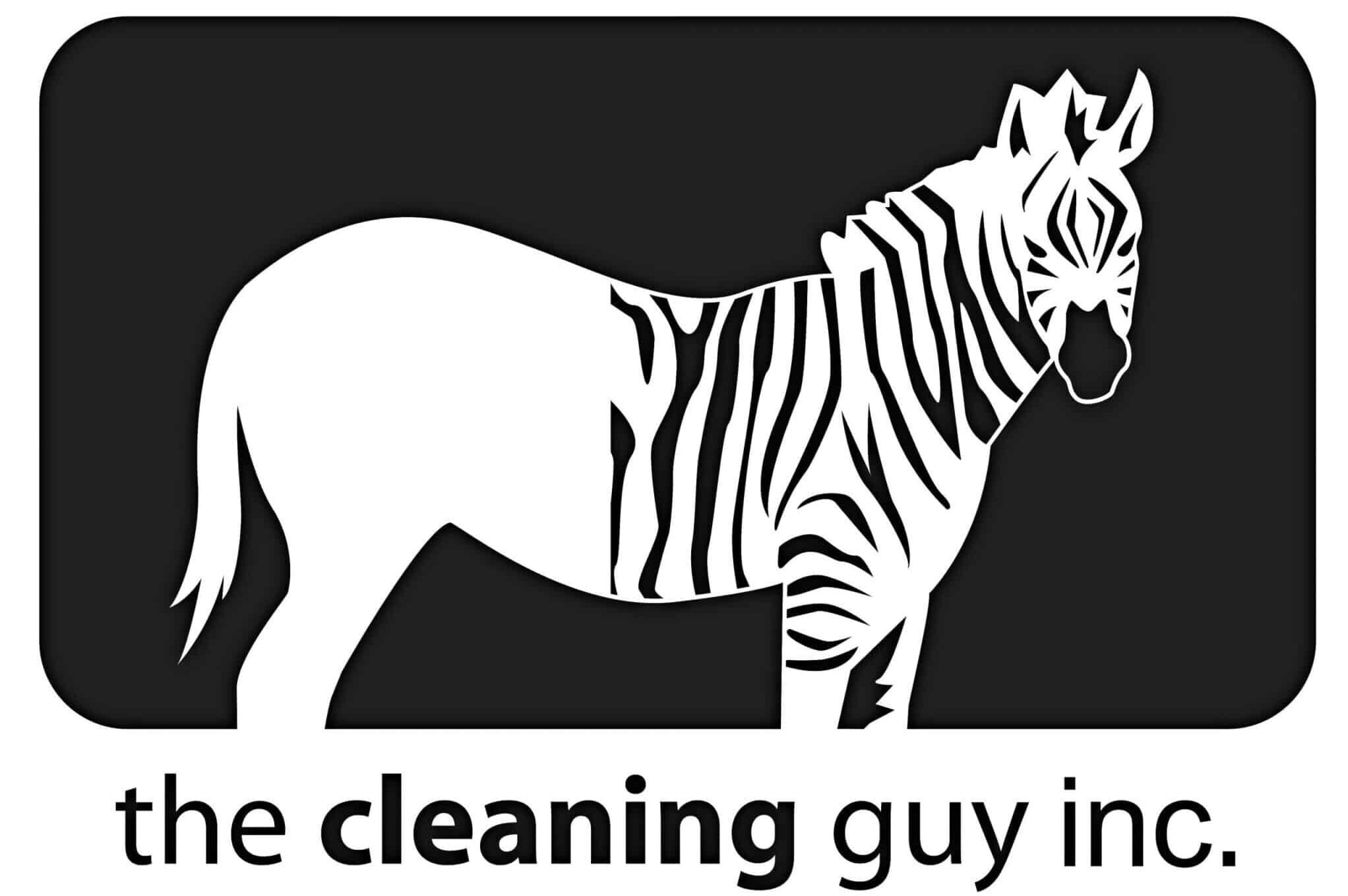
Flame retardants are a diverse group of chemicals designed to inhibit, suppress, or delay the combustion of materials.
There are five primary types, each offering different benefits. The Cleaning Guy primarily uses phosphorus-based flame retardants. Each type of fiber requires different mixing ratios to meet code requirements. Phosphorus interrupts combustion by forming a thick carbon layer that acts as a barrier, preventing fire from accessing the combustible portions of textiles, furniture, and plastics. These have largely replaced brominated flame retardants.
Due to the flammability of many petrochemical-based household goods and natural fibers like cotton, chemical flame retardants are essential. In 1975, California mandated flame retardants in furniture with Technical Bulletin (TB-117), which became the standard. Consequently, flame retardants were added to various consumer goods and since been modified by individual states and throughout Canada.
Historically, many flame retardants, such as halogenated polymeric brominated compounds (BRRs) and polychlorinated biphenyls (PCBs), were found to be harmful to human health and the environment and were banned in 1976. More recently, many countries have also banned polybrominated diphenyl ethers (PBDEs). Despite these bans, these chemicals persist in our environment due to their widespread use in everyday items.
The good news is that a new set of mineral-based chemicals is now used for textile flame retardants. These include salts, phosphors, sulfurs, and other mineral-based coatings, which contain no volatile organic compounds (VOCs), PCBs, or PBDEs and are not considered hazardous. They are approved for use by the EPA in the US. Although all our technicians wear PPE to protect their health, we are pleased to use mineral based product in which the MSDS sheets indicate no known toxicological or ecological impacts, and that have flammability, reactivity, or physical hazard ratings of zero.
Our goal should be to balance the public safety benefits of flame retardants in preventing fire fatalities with the need to minimize the toxicity of the chemicals used. We should use flame retardants judiciously and choose environmentally friendly, non-VOC options. While household goods do not legally require flame retardants, public buildings such as healthcare facilities, assembly occupancies, lobbies, and exits do. In these high-risk areas, the use of flame retardants is mandated by law. Therefore, we select non-VOC-based, non-hazardous, and non-toxic chemicals for these applications.
